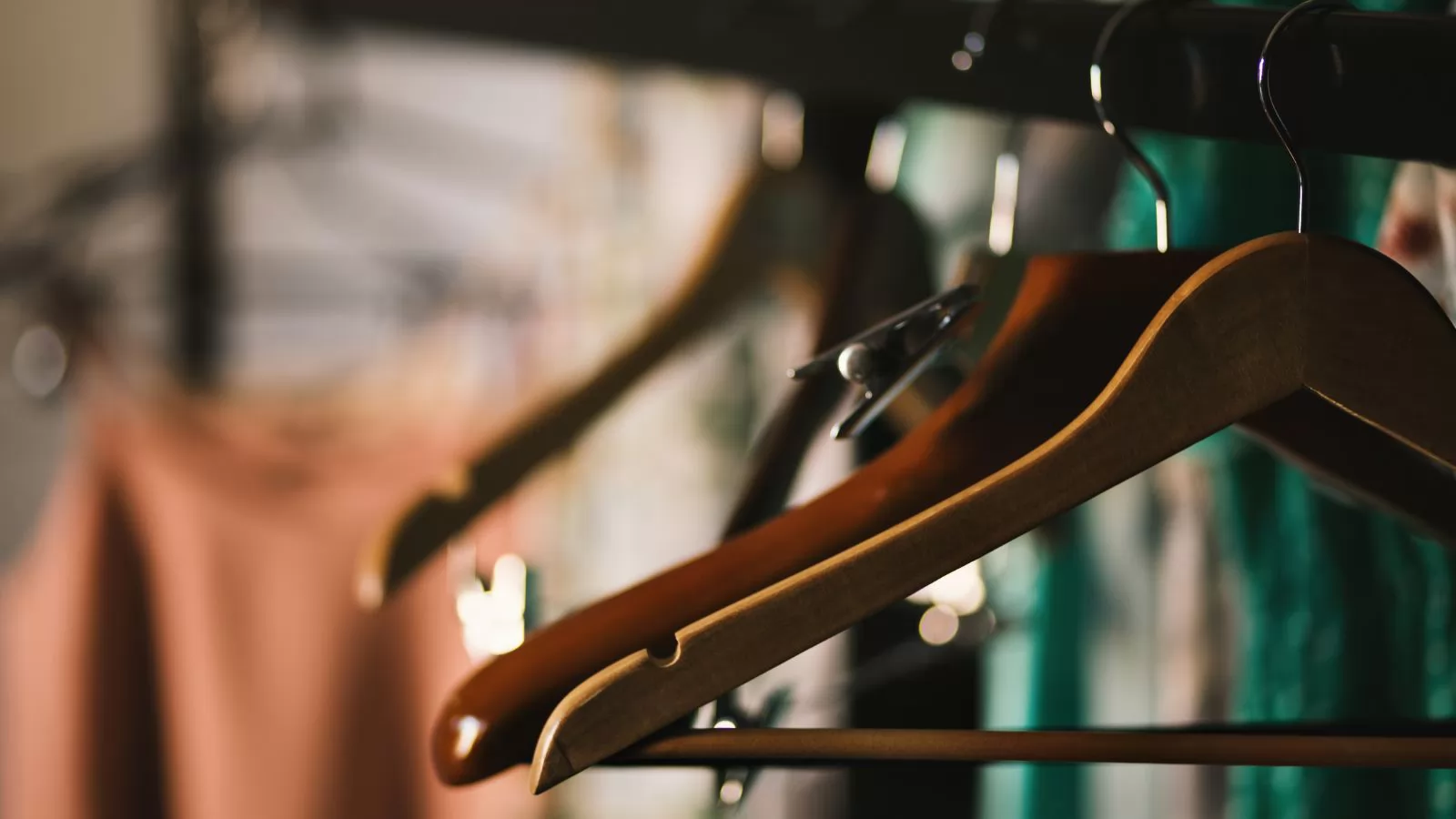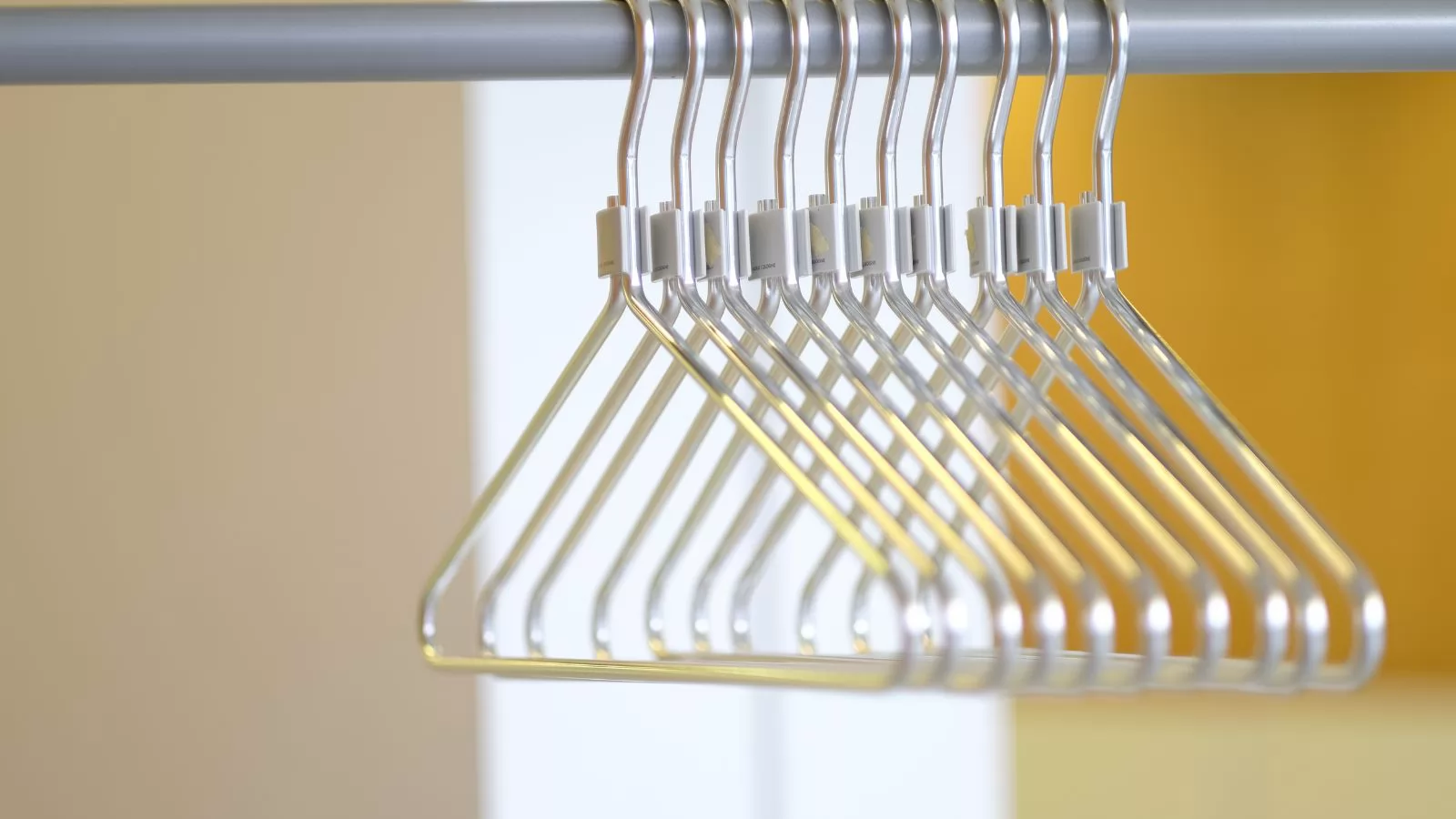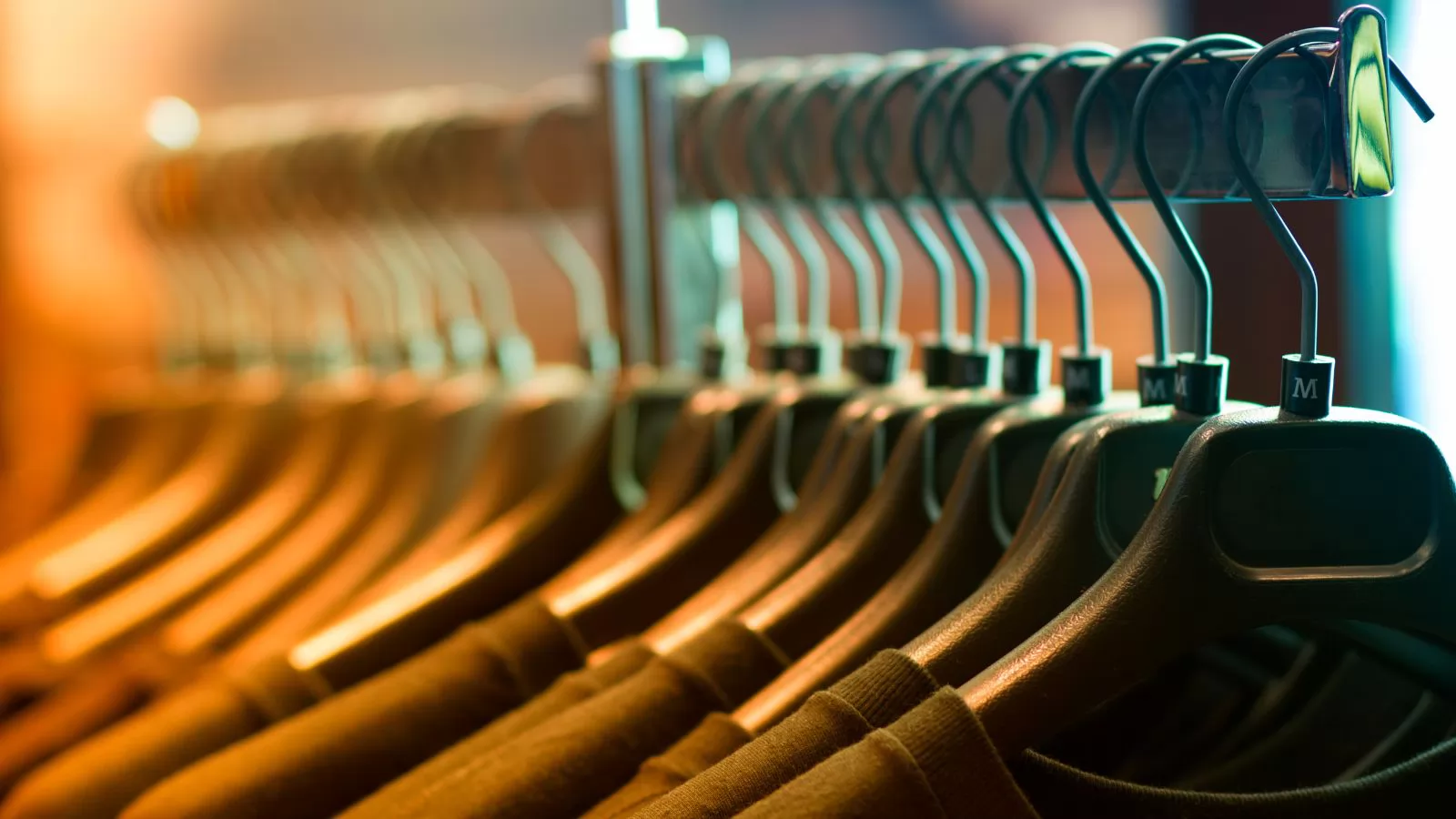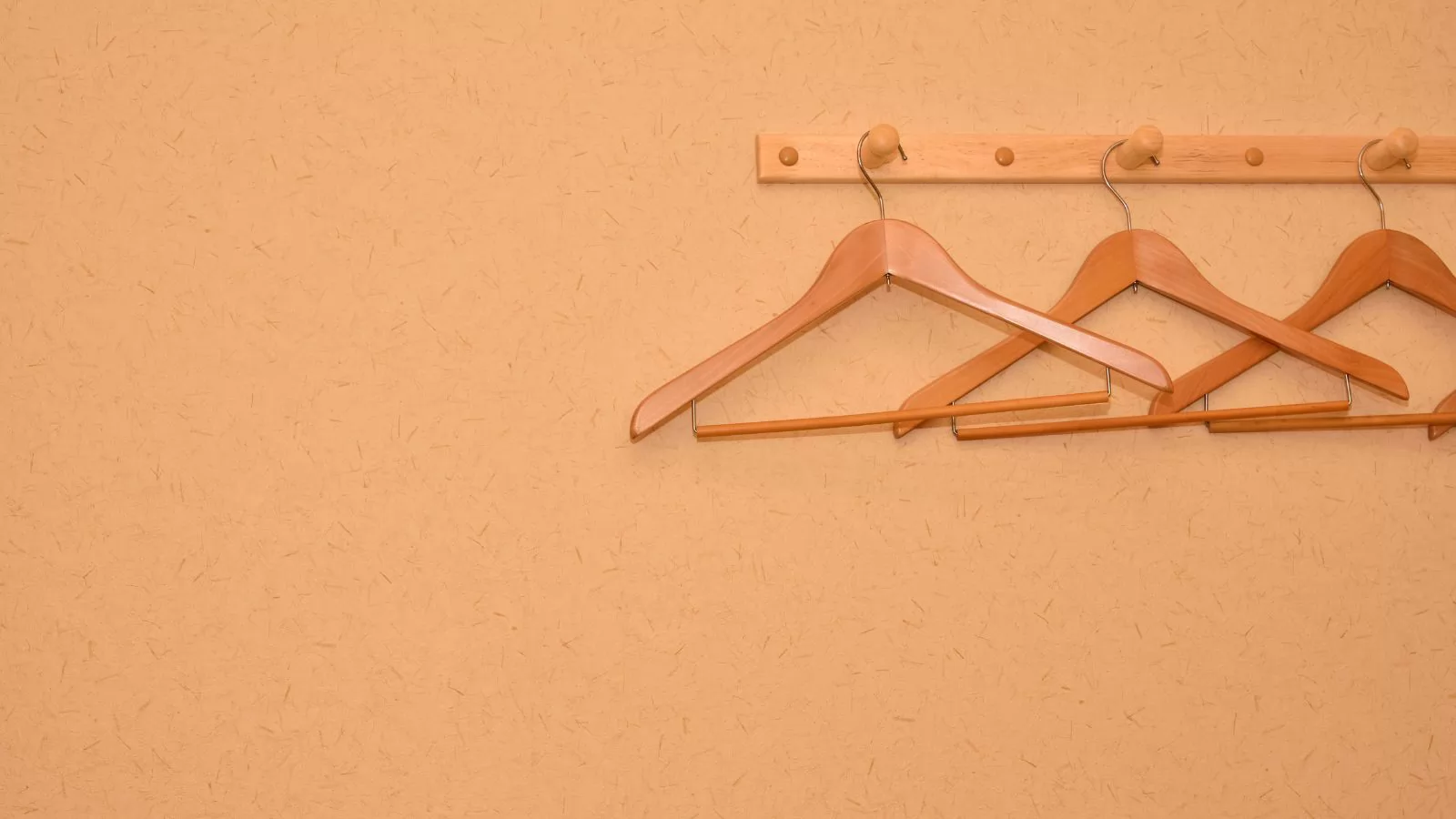

_1722307833_WNo_1600d900.webp)
As people's awareness of environmental protection continues to increase, the fashion industry has also begun to seek more environmentally friendly and sustainable development methods. As an important tool for clothing storage and display, the choice of hangers has also received more and more attention. Traditional plastic hangers have been criticized for their high carbon emissions and non-degradability during the production process. In order to meet consumers' demand for environmentally friendly products, more and more companies have begun to explore alternatives to plastic hangers.
● Why Are we Looking For Alternatives To Plastic Hangers?
● Advantages And Challenges of Hanger Alternatives
● Common Hanger Substitutes And Their Characteristics
● Indusry Development Trends And Future Prospects
● How Do Consumers Choose Environmentally Friendly Hangers?
Some plastic hangers may contain harmful chemicals added during the manufacturing process, posing potential threats to human health. These chemicals, such as phthalates and bisphenol A (BPA), can leach out over time and may be absorbed through skin contact or inhalation of airborne particles. Prolonged exposure to these substances has been linked to various health issues, including endocrine disruption, reproductive problems, and increased risk of certain cancers. The potential release of these toxic compounds raises significant concerns about the safety of plastic hangers in everyday use, particularly in environments where they are frequently handled.
The lifespan of plastic hangers is relatively short, leading to frequent disposal and replacement. As a result, a vast number of plastic hangers are discarded each year, contributing to significant resource waste. The production of these hangers consumes valuable raw materials, including petroleum, which are not replenished quickly. Once discarded, these hangers add to the growing problem of plastic waste, as they are not easily recyclable and often end up in landfills or incinerators. This cycle of rapid use and disposal not only squanders resources but also exacerbates environmental pollution, highlighting the need for more sustainable alternatives in the industry.

Hangers made from materials such as wood, metal, and paper offer significantly better renewability and biodegradability compared to their plastic counterparts. These materials can be sourced from sustainable resources and are more easily recyclable or compostable at the end of their useful life. Wood hangers, for example, can be produced from sustainably managed forests, and metal hangers can be recycled multiple times without degrading in quality. Paper hangers, on the other hand, can be composted or recycled, reducing the environmental impact associated with disposal. By opting for these eco-friendly alternatives, we can significantly reduce pollution and conserve natural resources, contributing to a healthier and more sustainable planet.
Wooden and metal hangers typically have a much longer lifespan compared to plastic hangers, providing a more durable option for garment care. These materials are sturdier and less prone to breaking or bending, which means they can support heavier clothing items without losing their shape. The robust construction of wooden and metal hangers ensures that they can be used repeatedly over many years, reducing the need for frequent replacements. Additionally, their strength and design help in better maintaining the shape of garments, preventing creases and damage. This enhanced durability not only offers better protection for clothes but also promotes a more sustainable approach to managing wardrobe essentials by minimizing waste and resource consumption.
Hangers made from different materials can add various styles to a wardrobe, enhancing the overall aesthetic of a home. Wooden hangers offer a classic, elegant look that brings warmth and sophistication to any closet. Metal hangers provide a sleek, modern appearance that complements contemporary decor. Paper hangers, often available in a range of colors and designs, can introduce a playful or eco-friendly vibe. By choosing hangers that match their interior design preferences, individuals can create a cohesive and visually pleasing environment that reflects their personal style, making even the most functional spaces feel curated and stylish.


The hanger industry is set to undergo significant transformations, driven by emerging trends and future prospects. As consumer demand for personalized products rises, customized hangers are anticipated to become a major market trend, offering unique solutions tailored to individual preferences. The integration of smart technology will also play a pivotal role, with smart hangers expected to feature advanced functionalities such as automatic clothing type recognition and adjustable height settings, enhancing both convenience and functionality. Additionally, the industry will increasingly focus on circular economy principles, emphasizing the importance of recycling, reusing, and remanufacturing hangers to reduce waste and promote sustainability. Researchers are likely to continue exploring innovative, eco-friendly materials to develop hangers with superior performance and environmental benefits. Furthermore, supportive government policies will encourage the production and adoption of environmentally friendly hangers, fostering a shift toward greener practices within the industry. Together, these developments will shape a more dynamic, sustainable future for the hanger market.

When selecting environmentally friendly hangers, consumers should start by understanding the materials used, opting for options like wood, metal, paper, or recycled plastic that are known for their eco-friendly properties. It’s also important to check for relevant environmental certifications that indicate the product’s adherence to sustainability standards. Additionally, the choice of hanger should be tailored to the type and weight of the clothing to ensure proper support and preservation. Supporting brands that demonstrate a commitment to social responsibility and sustainable practices can further enhance the positive environmental impact of the purchase.

The alternatives to plastic hangers provide new ideas for the sustainable development of the fashion industry. When choosing hangers, consumers should consider the material, weight, frequency of use and other factors of the clothes and choose the hangers that suit them. At the same time, clothing companies should also actively explore new materials and processes to develop more environmentally friendly, durable and beautiful hanger products.
If you need a reliable hanger manufacturer, then it is recommended to contact Eisho. Eisho is a professional manufacturer and exporter of designing and manufacturing hanger products.







